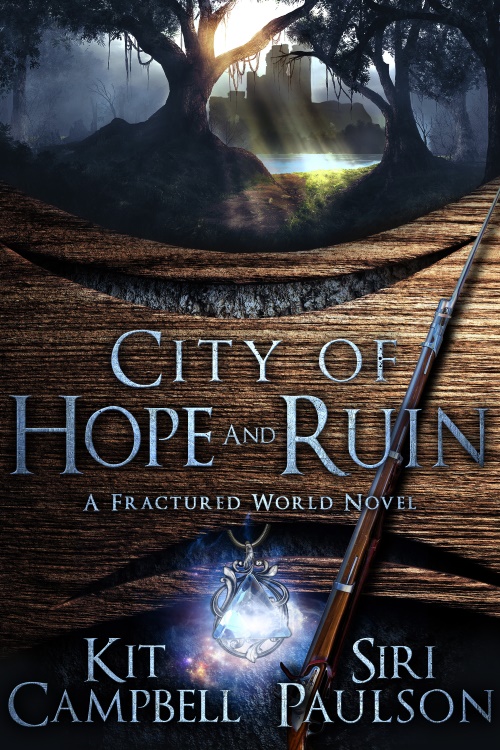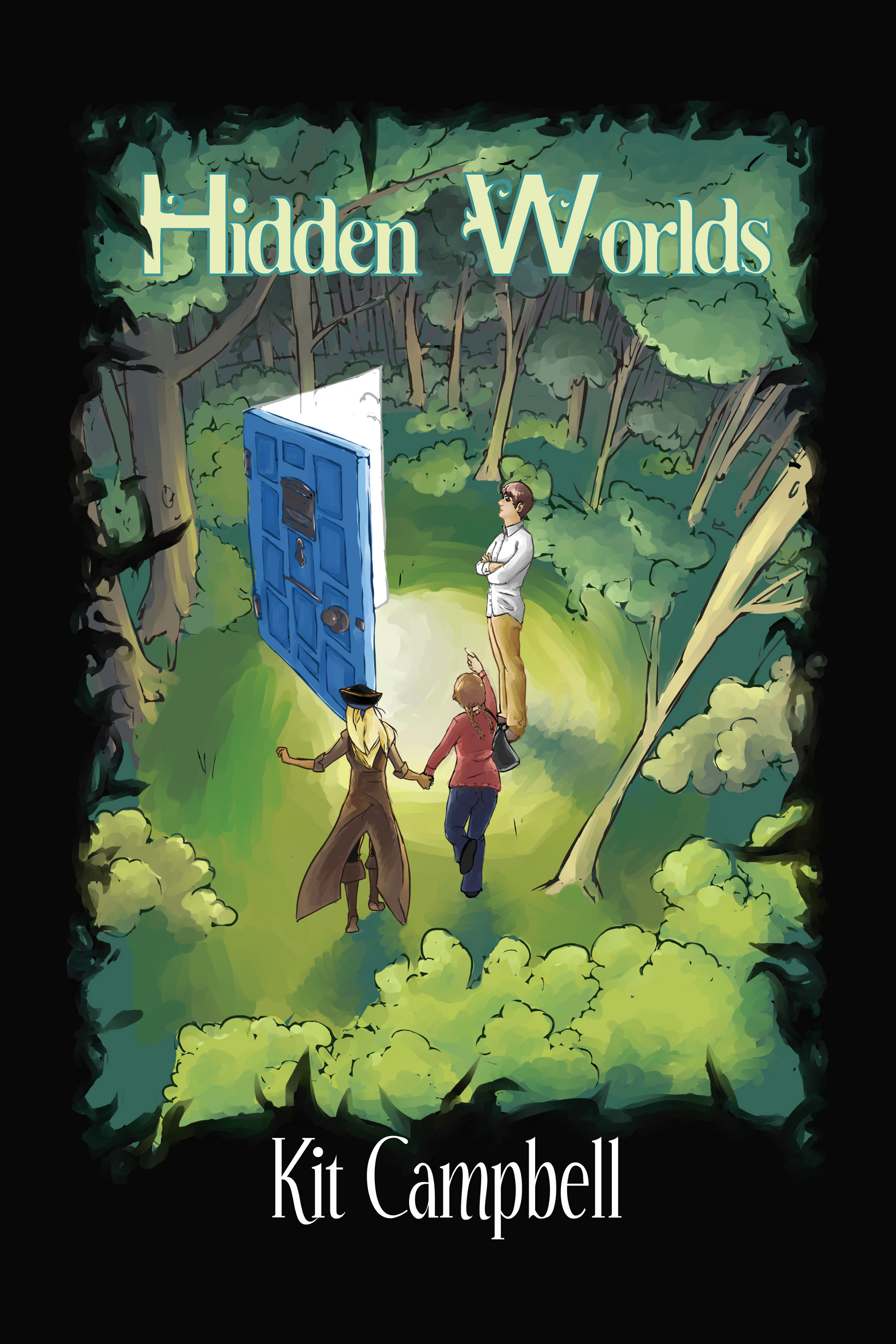I’ve been meaning to read this one for a long time, squiders. It’s not my first Shirley Jackson book. I’ve previously read The Haunting of Hill House, but We Have Always Lived in the Castle is perhaps her most famous book. You can imagine my pleasure when I found a copy at a library book sale. Every October for the last few years I’ve said I’m going to read it, but I never quite make it around to it.
Except now I have! My copy is old, a paperback from 1963, which cost a whopping 60 cents at the time.
Title: We Have Always Lived in the Castle
Author: Shirley Jackson
Genre: Gothic horror
Publication Year: 1962
Pros: Just…a carefully wound mess where you can see the disaster coming and can do nothing to stop it
Cons: See above
I had a hard time picking a genre for this. Wikipedia has it listed as a mystery, which…no. Just no. It’s not a mystery. It has elements of horror and elements of Gothic novels, but it’s not quite those either.
In the book, we follow Mary Katherine Blackwood (or Merricat for short). She lives in a big, old house separated from the rest of the village with her sister Constance and her uncle Julian, both of whom never leave the property.
It’s hard to talk about the plot without major spoilers, so, uh, stop here if you haven’t read it, but it’s been out for 58 years and so I think we are perhaps past that at this point.
Mary Katherine, Constance, and Julian are the only remaining members of their once large and respected family. As the story goes on, we learn that the other members all died on a single night, when the sugar at the dinner table was poisoned. Constance was tried for the murder but ultimately acquitted. Mary Katherine was not present for the meal, having been sent to bed without dinner, and Julian ingested some of the poison (arsenic) but ultimately survived, though the incident left him physically frail and obsessively focused on the “Last Day.”
Mary Katherine is an interesting narrator. She has put elaborate rituals in place to keep her remaining family safe, including burying things around the property and keeping certain things in certain ways. It’s not clear if this is how she’s always been, or if it’s a reaction to the death of her family and the relative isolation she’s lived in since then. She does occasionally leave the family land to get food and books from the library, but the townspeople are cruel to her and she prefers not to interact with them if she doesn’t have to. Despite her odd way of looking at the world, she does seem to be an excellent judge of character and what’s actually going on.
The book culminates in the partial burning of their house and the hate of the townspeople, where they come in and destroy everything they can. Assured of the evilness of the outside, Mary Katherine and Constance barricade themselves inside the remaining portions of the house, and it’s implied they never leave the property again. The end is how urban legends are formed, with people leaving them food to assuage their own guilt and telling stories about the ladies that live in the house, and what they will do to people who upset them.
I will say that the twist about the poison was pretty obvious, in the end. I’m not sure it was meant to be a twist at all, though everything I’ve read about the book seems to treat it as such.
All in all, a fascinating and disturbing read. I can see why it’s endured.
Read We Have Always Lived in the Castle, squiders? Thoughts? Thoughts about Shirley Jackson in general, or Gothic horror (or whatever one would call this particular type of book)?



